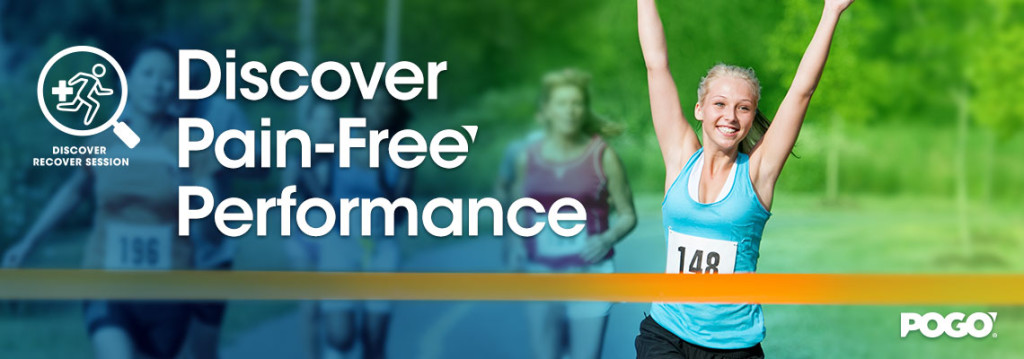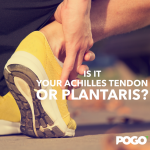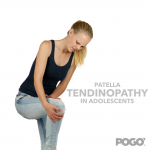The benefits of whole body vibration on achilles tendon healing
The Benefits Of Whole Body Vibration On Achilles Tendon Healing
Whole body vibration therapy is an increasingly popular tool being employed by many physiotherapists and rehabilitation experts in helping to improve tendon problems. But does it actually help? In this blog I will explore the impact and benefits of whole body vibration therapy specifically on achilles tendon healing. If you or someone you know has a problem with their achilles tendon, read on!
What Is Whole Body Vibration Therapy?
Whole body vibration therapy has been around for a long time and involves a person standing or sitting on a vibration plate, while vertical vibrations are transferred through the body. The ancient Greeks were reported to have used vibration to help with tissue healing thousands of years ago. Today, while the machines used have gotten likely more “tech-savy,” the general principles remain the same.
The ancient Greeks were reported to have used vibration to help with tissue healing thousands of years ago #physio #vibration #therapy Share on XHow Does Whole Body Vibration Therapy Work?
At a physiological level, whole-body vibration stimulates muscle spindles which in turn activate reflex motor neurons. The overall effect of this is an increased recruitment of muscles fibers during activity, as the body works to dampen the effect of the vibrations. According to Rittweger (2010) and Dolny & Reyes (2008), general benefits of whole body therapy have been reported to include the following:
- Improved muscle activity and enhance muscle power and performance in both acute and chronic conditions
- Improve balance in some populations prone to falls
- Reduced chronic low-back pain and other types of chronic pain
- Improved bone density
- Increased blood flow to working muscles
What is Achilles Tendinopathy?
Achilles tendinopathy simply refers to achilles tendon overload. It commonly involves a combination of achilles tendon pain, impaired performance and achilles tendon swelling. It is an overuse injury, whereby the achilles tendon changes in structure in response to overload, usually from running and similar repetitive activities. It can be acute, sub-acute or chronic and can be quite debilitating.
Treatment of Achilles Tendinopathy
Treatment of achilles tendinopathy usually involves identifying the key contributing factors, and modifying and addressing these factors to take away the ‘abusive’ overload on the tendon. These factors commonly involve training load, training surface and frequency, foot type, hip stability and running technique. According to Brukner & Khan (2007), achilles tendinopathy has typically been treated via specific eccentric tendon loading programs, however, the guarantee of such a program leading to a pain free achilles tendon is limited.
More recently isometric tendon loading has proven to be popular (and in my clinical experience effective) with both insertional and mid-portion achilles tendon pathologies (conditions). Click HERE for more on isometric tendon loading and rehabilitation. For a further update on achilles tendon rehabilitation methods click HERE.
While the use of whole-body vibration therapy to help speed up and enhance achilles tendinopathy healing and recovery is still relatively unexplored in the scientific literature, clinically I have been getting some great outcomes with its application.
More recently isometric tendon loading has proven 2b popular w both insertional & mid-portion achilles tendon pathologies #tendon #physio Share on X
What does Scientific Literature Have to Say?
Research evaluating the effectiveness of whole body vibration therapy on achilles tendinopathy healing is still emerging. Arguably the most insightful paper was published by Horstman, Jud, Frohlich, Mundermann & Grau in 2013. In their study, 58 patients with achilles tendinopathy were randomly assigned to either a 12 week whole body vibration program, a more traditional eccentric training program or a wait and see approach (no treatment) group.
A summary of the study’s findings is below:
- In patients with mid-portion tendinopathy, pain improvements were significantly greater in the vibration and eccentric-training groups than the no treatment group.
- In patients with musculotendinous junction tendinopathy, pain improvements were greater in the eccentric training groups than in the other groups.
- In patients with insertional tendinopathy, whole body vibration therapy may provide a great alternative to a conventional eccentric loading program.
In patients w insertional tendinopathy whole body vibration therapy may b a gr8 alternative 2 a conventional eccentric loading program #tendon #physio Share on X
Overall, the whole-body vibration training group had a large percentage of patients who showed decreased pain scores compared with the eccentric training group and the no treatment group.
The study suggested that whole-body vibration therapy may have a key role in aiding the recovery of patients who have achilles tendinopathy.
My Clinical Experience
Anecdotally, from my experience as a physiotherapist, I have found similar results. I have found that achilles tendinopathy patients who utilise whole body vibration training, typically experience a faster return to pain-free training and activity than those who do not. As a result, I routinely advocate to adopt a multi-faceted approach to treat achilles tendinopathy clients. I typically prescribe both an eccentric loading program and the use of the whole body vibration machine training. Clients want results! And fast! So why not cover all bases to make sure the best possible outcomes are achieved.
So What’s Next?
While further good quality research is required, it appears whole-body vibration therapy may have a role to play in improving outcomes and enhancing healing of patients with achilles tendinopathy. If you or someone you know has achilles tendinopathy, don’t put up with the pain in your heel, see your local physiotherapist, who will be able to assess your issue and devise a treatment and rehab program to help get you back doing the things you love to do pain and injury free.
To learn more about whole body vibration click HERE.
Jacob Taylor (APAM)
Physiotherapist
References:
- Brukner, P. D. & Khan, K. (2007). Clinical Sports Medicine (3rd). McGraw-Hill, Sydney.
- Dolny, D. G. & Reyes, G. F. (2008). Whole body vibration exercise: training and benefits. Current Sports Medicine Reports, 7 (3).
- Horstmann, T., & Jud, H. M., Frohlich, V., Mundermann, A. & Grau, S. (2013). Whole-body vibration versus eccentric training or a wait-and-see approach for chronic Achilees tendinopathy: a randomized clinical trial, Journal of Orthopaedic Sports Physical Therapy, 43 (11).
- Rittweger, J. (2010). Vibration as an exercise modality: how it may work, and what its potential might be. European Journal of Applied Physiology, 108 (5).
- Vipond, N., Knowles, G., Hall, G. (2008). ACC Evidence Based Review: Whole Body Vibration (WBV) Training.








